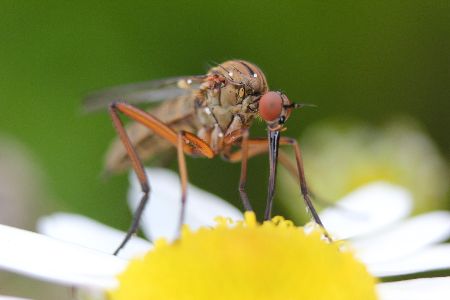
Crabs and insects body sizes changes with temperature and latitude
Scientists at the University of Liverpool and Queen Mary University of London have found a group of cold-blooded species living on land tend to grow to a larger size in the warm and nearer the equator, but that the reverse is true of species found in water.
The new research, which appears in Ecology Letters, gathered together existing global data on arthropods to gain a better understanding of how these creatures’, such as crabs and insects, body sizes change with temperature and latitude.
Dr David Atkinson, from the University of Liverpool’s Institute of Integrative Biology, said: “The findings strongly support the idea that reduced oxygen availability in water causes aquatic animals to reduce their body size much more with warming than those living on land.”
This new information could be significant in analysing the impact of climate change on animal species, as changes in body size with warming could affect many aspects of an animal’s health, as well as alter the composition of ecologically and economically important ecosystems.
Researcher, Curtis Horne, from Queen Mary University, said: “Increasing our understanding of what influences how big animals grow will mean we can start to make better predictions about how different groups of species will cope with climate change.
“We see a really close match between lab experiments and patterns observed in nature, which suggests that the same factors are at play. It brings us a significant step closer to solving a problem that has long puzzled biologists.”
